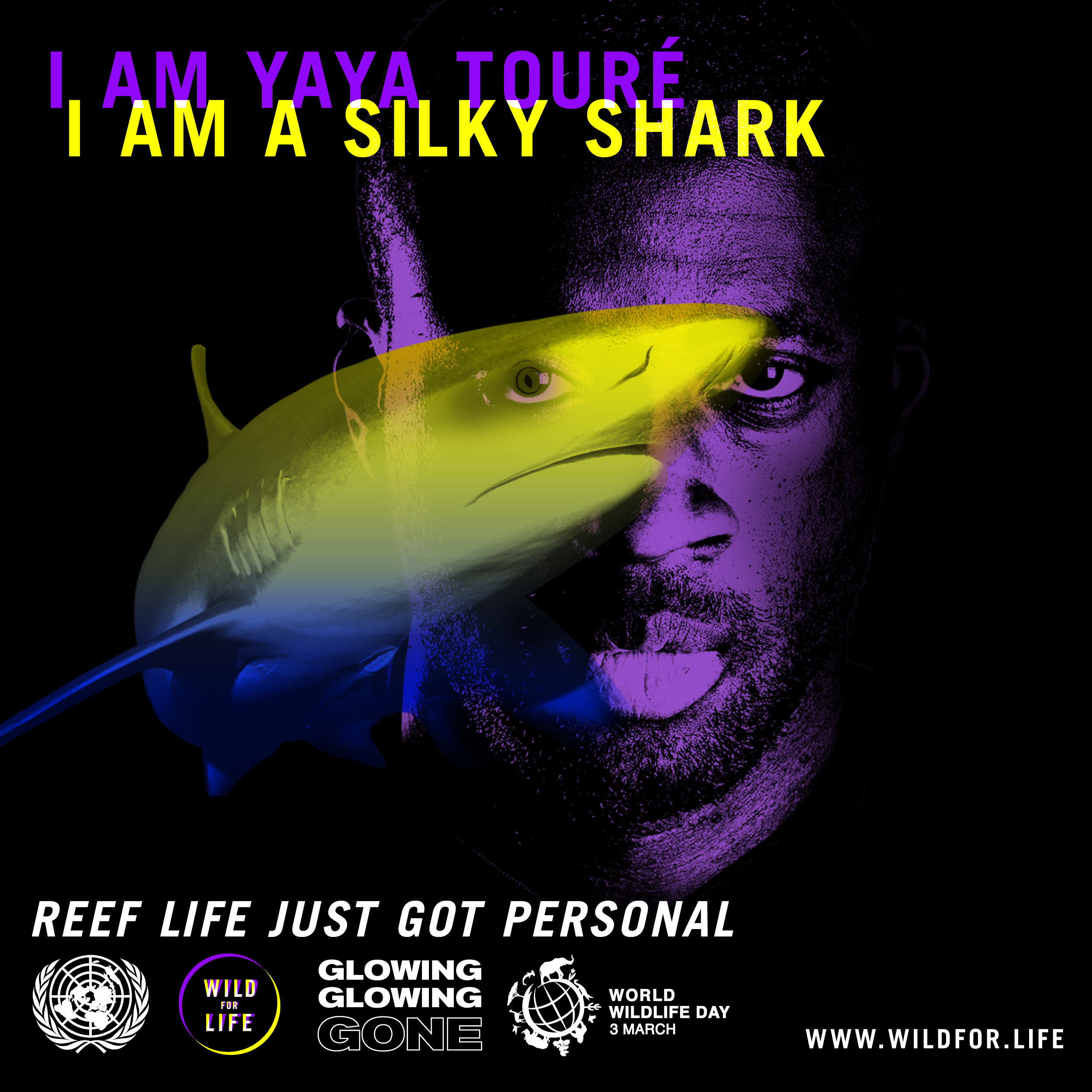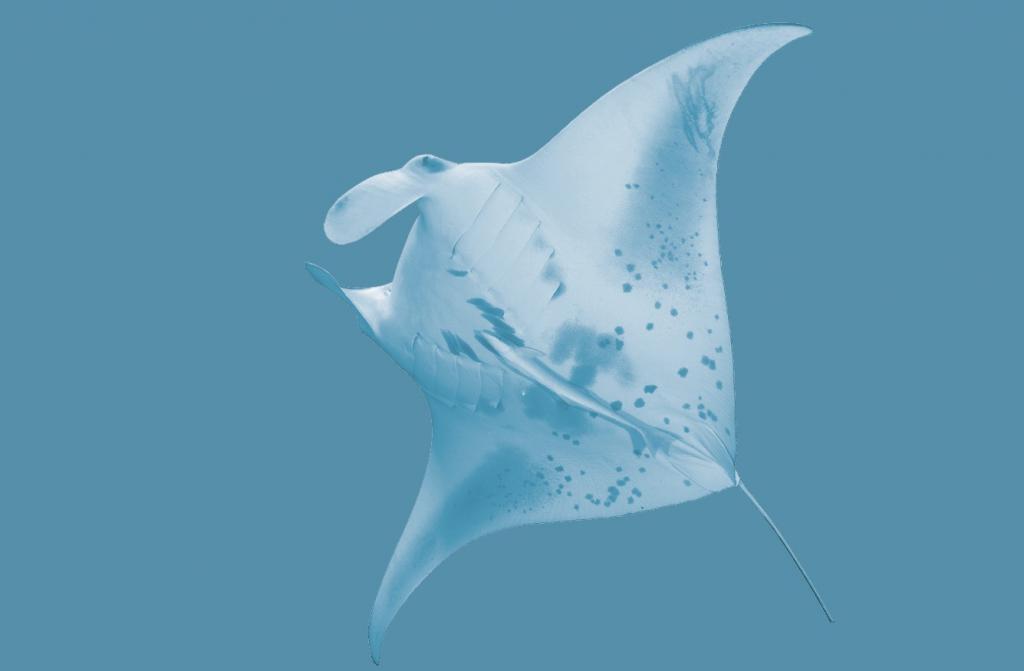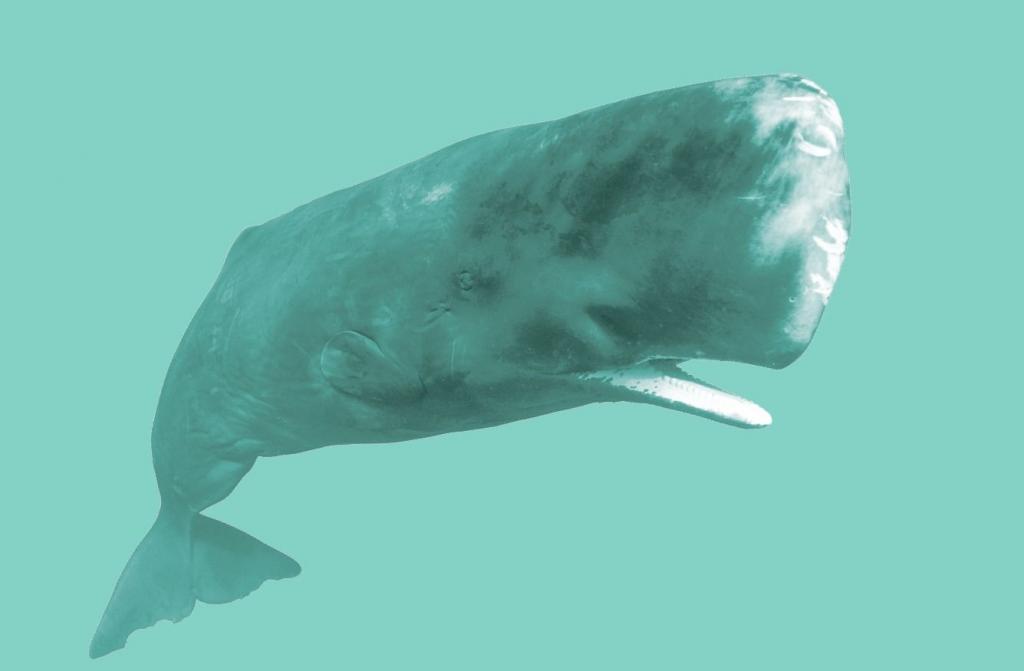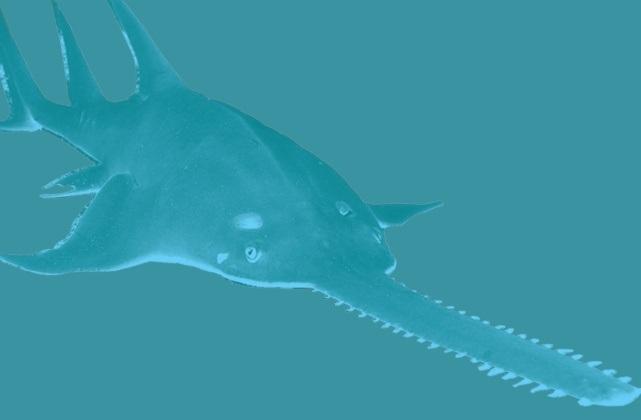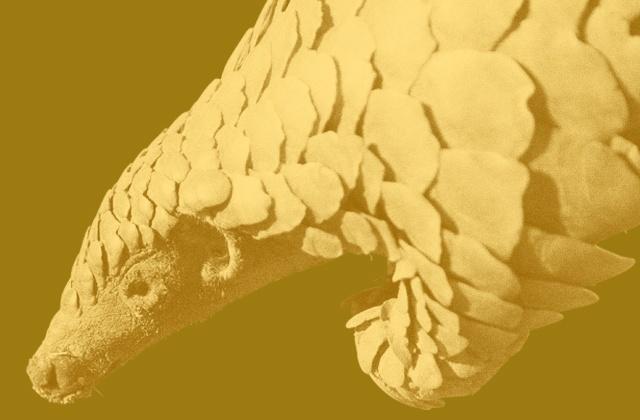
Silky Shark
Named for the smooth texture of its skin, the silky shark is long and slender, with large eyes and serrated teeth. Silky sharks have an incredible sense of hearing, which helps them hunt for prey. They are inquisitive when exploring, and quick and aggressive when hunting. Whether they prefer to travel alone or in groups depends on the individual shark; each silky shark is unique!
WHERE THEY ARE FOUND
Silky sharks are known nomads and prefer warmer waters. They can be found in the northwestern Atlantic, in the western, central, and eastern Pacific, and in the Indian Ocean. They spend most of their time in deeper waters, such as the open sea and deep-water reefs, but return to shallower waters and reefs reefs to feed and reproduce.
WHY THEY ARE IMPORTANT
Silky sharks play an important role in the marine ecosystem, particularly the coral reef ecosystem. As top predators, silky sharks maintain the predatory species below them (such as grouper) in the food chain, which in turn protects the species diversity of ocean herbivores (an animal that feeds on plants). These herbivores help keep coral reefs healthy by eating the macroalgae in coral reefs habitats. Without silky sharks and other shark species, the ecosystem would shift and threaten the survival of the coral reef system, which supports a quarter of all ocean life!
HOW THEY ARE THREATENED
Like other shark species, silky sharks are vulnerable to overfishing, due to their long gestation period, low number of offspring, and slow growth rate. They are the second most caught species of shark globally, after the blue shark. Silky sharks are both directly targeted and caught as tuna by-catch by various types of fisheries. Regardless of the type of catch, they are often kept for their meat and fins or thrown back into the ocean, often severely injured. Since 2017, the silky shark has been classified as a vulnerable species by the International Union for Conservation of Nature (IUCN). The species was also given greater protection through an Appendix II listing by the Convention on the International Trade in Endangered Species, which regulates their trade, in 2017 . Further efforts to protect the silky shark have included fishery monitoring improvement to reduce shark by-catch. However, because the silky shark is highly migratory and often associates with tuna, a solution has yet to be found that reduces shark by-catch while maintaining the fishery economy.
HOW YOU CAN HELP
Avoid buying or consuming products that contain shark. Because silky sharks are often caught as by-catch in tuna fisheries, limit your seafood consumption or make sure to buy seafood that is sustainably sourced. Spread the word to your friends and family about the importance of silky sharks! and put pressure on your government to ban shark fishing!
Number of pups a female can have in a litter each year
